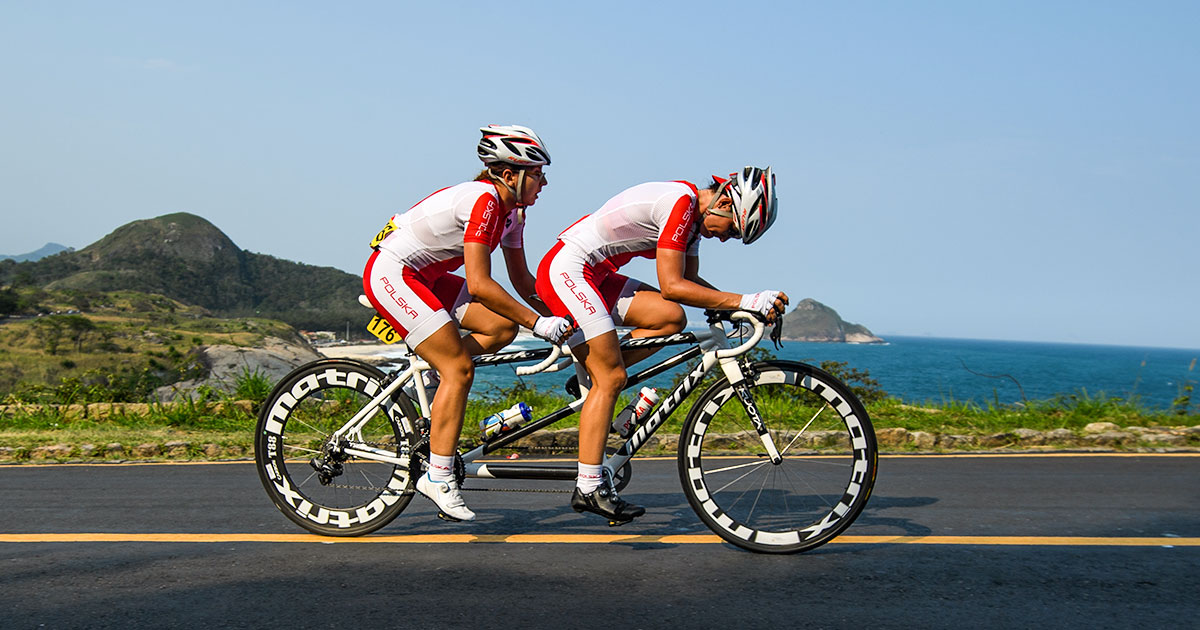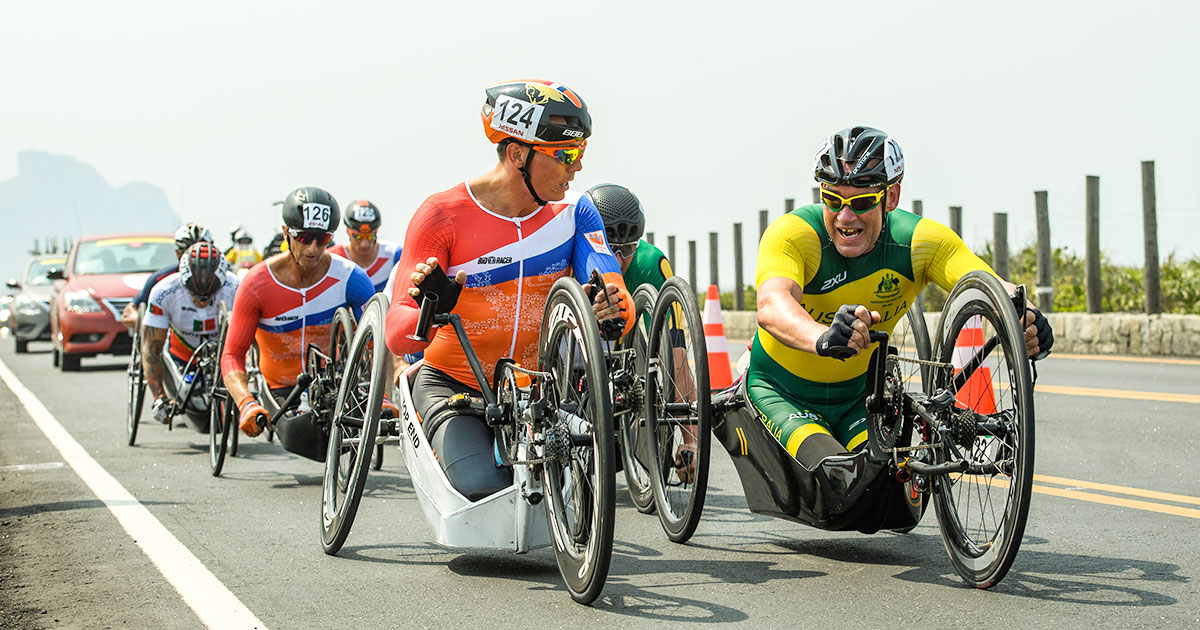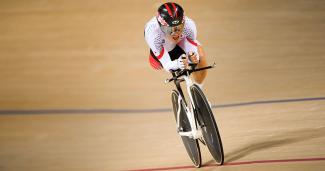
Do you know the differences between Para cycling and conventional cycling?
Do you know the differences between Para cycling and conventional cycling?
If you want to learn more about Para cycling, a sport that will be part of Lima 2019, this article is for you.
Para cycling owes its early days to the cyclists with visual impairment that competed in tandem bicycles. Since then, this Para sport has grown steeply, and it appeared for the first time at the New York 1984 Paralympic Games.
At that time, there were only road events for athletes with cerebral palsy. Twelve years later, at Atlanta 1996, Para cycling track made its debut in Paralympic competitions.
The first thing you need to know is that there are two disciplines: Para cycling track (indoor) and Para cycling road (outdoor). Below we will explain you everything about them. At Lima 2019, Para cycling track will take place in the remodeled VIDENA Velodrome, while Para cycling road competitions will be held in Callao.
What type of bicycles will you see in the competition?
- Bicycle: Many Para cyclists use traditional bicycles. However, depending on the impairment, it can be adapted to the need of the athlete.
- Tandem: Tandem bicycles are used by athletes with visual impairment and their sighted guides, who always ride in the front.

- Tricycle: It is used by Para athletes with cerebral palsy or with any other physical impairment that does not allow them to use a bicycle.
- Handcycle: It is used by Para athletes with an impairment that may involve both legs or their lower and upper limbs. It is only used for Para cycling road competitions.
How Para cyclists are classified?
Currently, athletes with a visual and physical impairment can participate in official Para cycling competitions. They are divided in the following categories:
- C1-C5: Para cyclists that can ride a bicycle.
- T1-T2: Para cyclists that cannot ride a bicycle.
- B: Para cyclists with visual impairment that compete in tandem bicycles.
- H1-H5: Para cyclists that compete in handcycles.

What are the disciplines?
In the case of Para cycling track, you can enjoy:
- Time Trial: Para cyclists compete in 500-meter or 1000-meter time trials as fast as they can.
- Tandem Sprint: The goal in tandem competitions is to establish the fastest time in a 200-meter race.
<iframe width="560" height="250" src="https://www.youtube.com/embed/ejoCp4OiujY" frameborder="0" allow="accelerometer; autoplay; encrypted-media; gyroscope; picture-in-picture" allowfullscreen></iframe>
- Team Sprint: It consists of a three-lap race between two teams of three Para cyclists from different classifications. Each athlete does one lap by relay.
- Individual Pursuit (Individual or Tandem): In individual pursuit, Para cyclists start on opposite sides of the track and try to catch their opponent in 3 to 4 km. If they catch them, then the successful pursuer is declared the winner immediately.
- Scratch: It is the most common style: Para cyclists start at the start line, and the first one to cross the finish line is the winner.
In Para cycling road, disciplines are:
- Race: It is a test of stamina and resistance. Dozens of Para cyclists struggle to defeat their opponents and arrive first to the finish line.
- Pursuit (Individual or Tandem): Para cyclists are taking the road one at a time, and the one that sets the fastest time wins the gold medal.
- Handcycle Relay: Participating teams compete to complete their race segment in the fastest time possible and pass the baton to their team members.
The Lima 2019 Parapan American Games are just around the corner and you cannot miss any competition. The top Para cyclists of the region will be in Lima, and they will need your support to achieve their dreams. See you soon!

